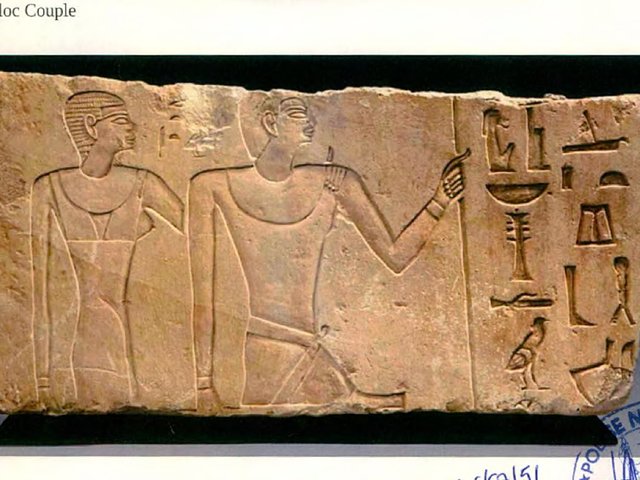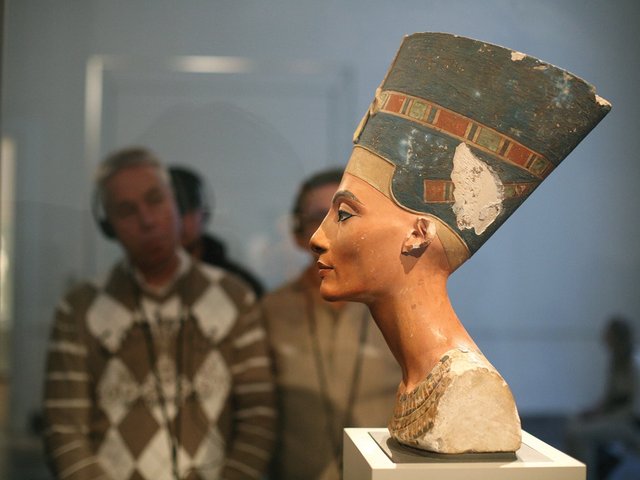Egypt’s new director of antiquities, Ali Hassan, said in January that his country would stop making any further claims for the time being on world famous Egyptian antiquities in top museums. At the same time he announced an increase from five to fifteen years as the sentence for smuggling art objects. Egypt’s new policy relates to pieces such as the Rosetta stone in the British Museum and the bust of Nofretete in Berlin-Charlottenburg. Mr Hassan said: “First we would need to be able to show the works in the same if not even better conditions”. He is pressing for the huge museum planned on the outskirts of Cairo to go ahead, as well as twenty regional museums to house the tens of thousands of pieces in store.
Meanwhile, the trial continues in London of art restorer Jonathan Tokeley-Parry who is accused of handling stolen goods. These are antiquities smuggled out of Egypt in an ingenious manner: a door from the pyramid complex of King Pepi, fragments of a false door from the tomb of Hetepka and a figure of the falcon god Horus were first coated with B72, a masking plastic, and then gilded garishly to make them look like tourist tat from the bazaar.




